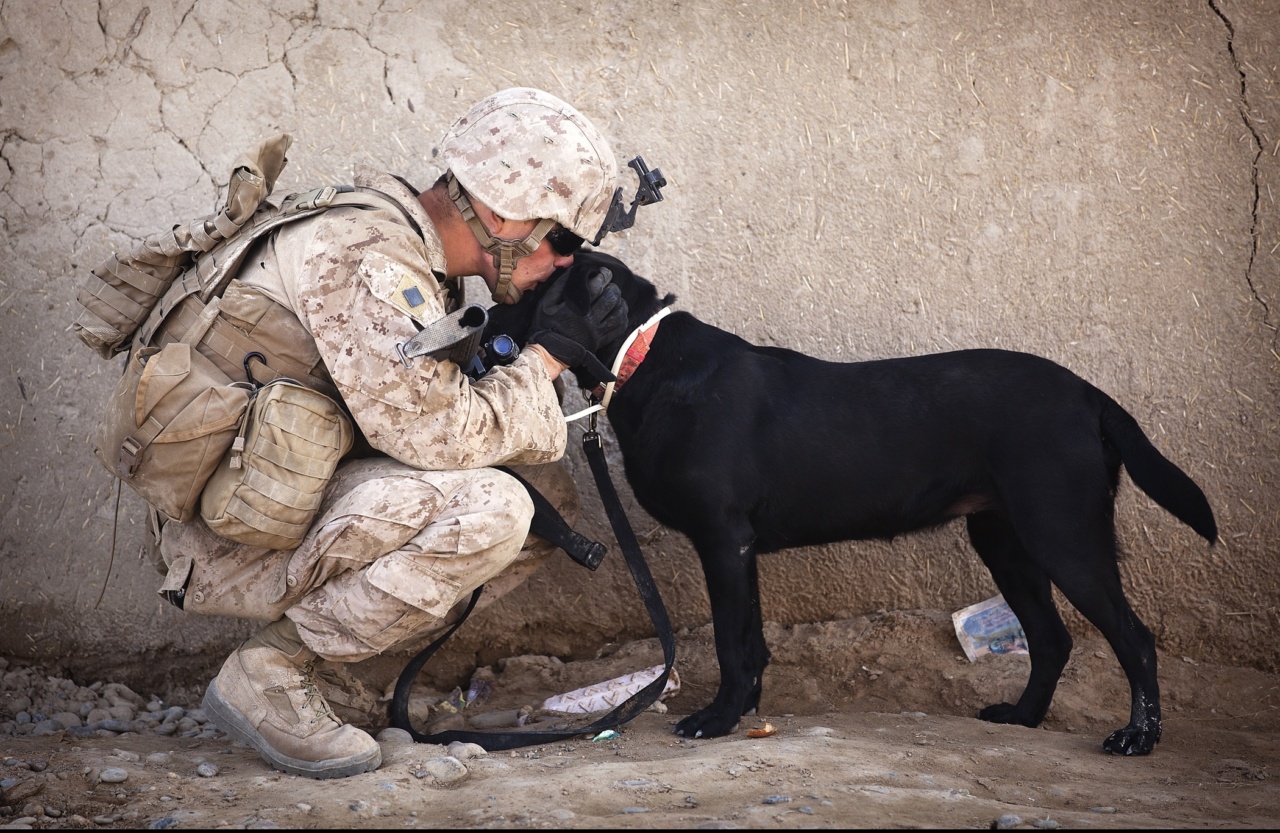Developing self-restraint in dogs is important for their overall well-being and for maintaining a harmonious relationship with their owners.
Self-restraint allows dogs to control their impulses and make better choices, which can greatly improve their behavior and manners. In this article, we will explore effective techniques to help your dog develop self-restraint.
1. Consistency is Key
Consistency is crucial when teaching dogs self-restraint. Make sure all family members and anyone who interacts with your dog follow the same rules and expectations.
Dogs thrive on routine and predictability, so maintaining a consistent environment will help them learn self-control more effectively.
2. Set Clear Boundaries
Establishing clear boundaries helps dogs understand what is expected of them. Consistently reinforce rules such as not jumping on people, not begging for food, or not pulling on the leash.
Be clear and firm with your commands, and reward your dog for following these boundaries to reinforce the desired behavior.
3. Teaching the Wait Command
The “wait” command is a valuable tool for teaching self-restraint. Start by asking your dog to sit or stay, then introduce the “wait” command as you take a step away from them. If they remain in place, return and reward them.
Gradually increase the distance and duration of the wait. This exercise helps your dog resist impulses and patiently wait for your signal.
4. Impulse Control Games
Engaging in impulse control games can be a fun way to improve your dog’s self-restraint. One popular game is “leave it.” Place a treat on the ground and cover it with your hand.
As your dog tries to get the treat, say “leave it” and reward them when they stop trying. This game helps dogs understand that they can’t always have what they want immediately.
5. The Power of Reward-Based Training
Reward-based training is highly effective in teaching self-restraint. Use treats, praise, and positive reinforcement to reward your dog for displaying self-control.
Whenever your dog resists an impulse or follows a command, provide an immediate reward to reinforce the behavior. Over time, your dog will learn that self-restraint leads to positive outcomes.
6. Gradual Exposure to Temptations
To help your dog develop self-restraint, expose them gradually to situations that tempt their impulses.
For example, if your dog becomes excited and jumps when guests arrive, practice controlled introductions with individuals who are comfortable following your training instructions. Begin with brief and calm interactions, gradually increasing the intensity and duration as your dog learns to remain calm.
7. Time-Out Technique
If your dog is displaying excessive excitement or unruly behavior, you can utilize the time-out technique to teach self-control. Use a designated space, such as a crate or a quiet room, where your dog can calm down and reflect on their behavior.
Implement time-outs immediately after the undesired behavior occurs, providing your dog with the opportunity to learn self-restraint and regain composure.
8. Focus on Mental Stimulation
Providing mental stimulation is essential for helping dogs develop self-restraint. Puzzle toys, obedience training, and interactive games can keep their minds occupied while promoting self-control.
Mental stimulation also prevents boredom, which is often a cause of unruly behavior.
9. Patience and Positive Reinforcement
Developing self-restraint is a gradual process that requires patience and persistence. Remember to always use positive reinforcement techniques, rewarding your dog for progress and good behavior.
Avoid punishment-based methods, as they can have negative consequences and may hinder your dog’s ability to develop self-control.
10. Seek Professional Help if Needed
If you’re struggling to help your dog develop self-restraint, don’t hesitate to seek professional assistance.
A certified dog trainer or behaviorist can provide valuable insights, personalized guidance, and additional training tools to address any specific challenges your dog may be facing.




























